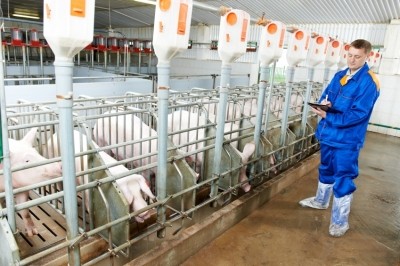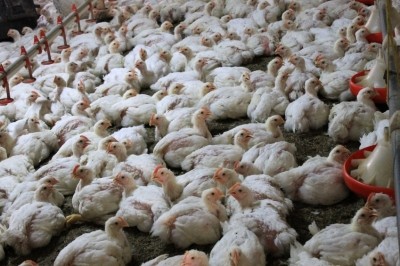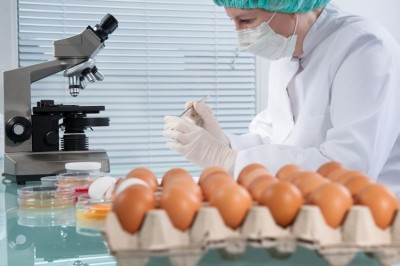US sales climb for antimicrobials approved for use in food-producing animals
![[pic:(c) istock.com/dusanpetkovic]](/var/wrbm_gb_food_pharma/storage/images/_aliases/wrbm_large/5/1/2/5/495215-1-eng-GB/US-sales-climb-for-antimicrobials-approved-for-use-in-food-producing-animals.jpg)
A report from the US Food and Drug Administration (FDA) documented the growth in sales for both standard and medically important antimicrobials — those used with humans — for 2014, but draws comparisons with previous years.
In the last five years, the overall sales of antimicrobials rose by 22%, said FDA officials. From 2013-2014 the sales went up by 4%.
US sales and distribution of medically important antimicrobials approved for use in livestock grew by 23% from 2009 through 2014, and rose by 3% from 2013 through 2014, according to the FDA report.
The percentage of domestic sales and distribution of those medically important antimicrobials with an approved indication for production use decreased from 72% to 68% from 2009 through 2012, but then remained unchanged at 72% from 2013 through 2014, said the agency.
In 2014, the report shows domestic sales and distribution of medically important antimicrobials accounted for 62% of the domestic sales of all antimicrobials approved for use in livestock.
Tetracyclines accounted for 70% of these sales, penicillins for 9%, macrolides for 7%, sulfas for 5%, aminoglycosides for 3%, lincosamides for 2%, and cephalosporins and fluoroquinolones each for less than 1%, found the FDA.
Of the amount of medically important antimicrobials sold for use with livestock in 2014, about 74% were approved for use in feed and 22% for delivery in water, reported the FDA.
It is unclear how these drugs were used in the animal populations, as that is not specifically reported, said FDA officials. Federal regulation mean that sponsors of antimicrobial animal drugs report annually on the amount of antimicrobials in the drugs, the container used and dosage, along with the animals and indications that are approved.
When a drug is approved for more than one species, including nonfood-producing animals, animal-specific sales are not reported, they said. And the sales are a summary of volume sold by the manufacturer for distribution, not the amount ultimately administered.
Despite the growth in use, recently published USDA research suggests that ending the feeding of medically important antimicrobials for growth promotion would not have a large, negative economic influence on producers, said officials with the US Department of Agriculture (USDA).
Additionally, the Veterinary Feed Directive is ending the use of medically important antimicrobials in food producing animals for growth promotion by December 2016, said FDA officials. And, medically important drugs also would need a veterinary’s prescription for use.
Economics of antibiotic use
The report, Economics of Antibiotic use in US Livestock Production, which was recently released by the USDA’s Economic Research Service (ERS), evaluated the current use of antibiotics by producers in different animal industries and found that there should not be financial repercussions from ending the feeding of antibiotics for growth promotion.
The report sought to address questions about how widely antibiotics are fed, how the current livestock industry is set to handle antibiotic use regulation and what regulation would mean for the price of production and in markets, officials said.
“Use of antibiotics for purposes other than disease treatment is associated with a 1 to 3% increase in productivity of a farm (not statistically distinguishable from no effect),” wrote the ERS officials.
Use of medically important antibiotics for the purpose of growth promotion has already fallen, reported the ERS.
In hogs, from 2004-09 the use of antibiotics for growth promotion fell from 52% to 40% for finishing hogs, and from 29% to 23% for nursery hogs, reported the ERS. Similarly, the amount of broilers raised without the use of antibiotics, except to treat disease, grew from 44% to 48%.
About 49% of cattle at a feedlot were fed or given antibiotics for growth promotion in 2011 and, in 2007, about 90% of dairy operations use antibiotics for disease prevention, said officials.
“The use of antibiotics for growth promotion or disease prevention is not universal in the livestock industry,” said Stacy Sneeringer, research economist with the ERS. Producers who don’t use the treatments that way would see no changes to production cost, she added.








